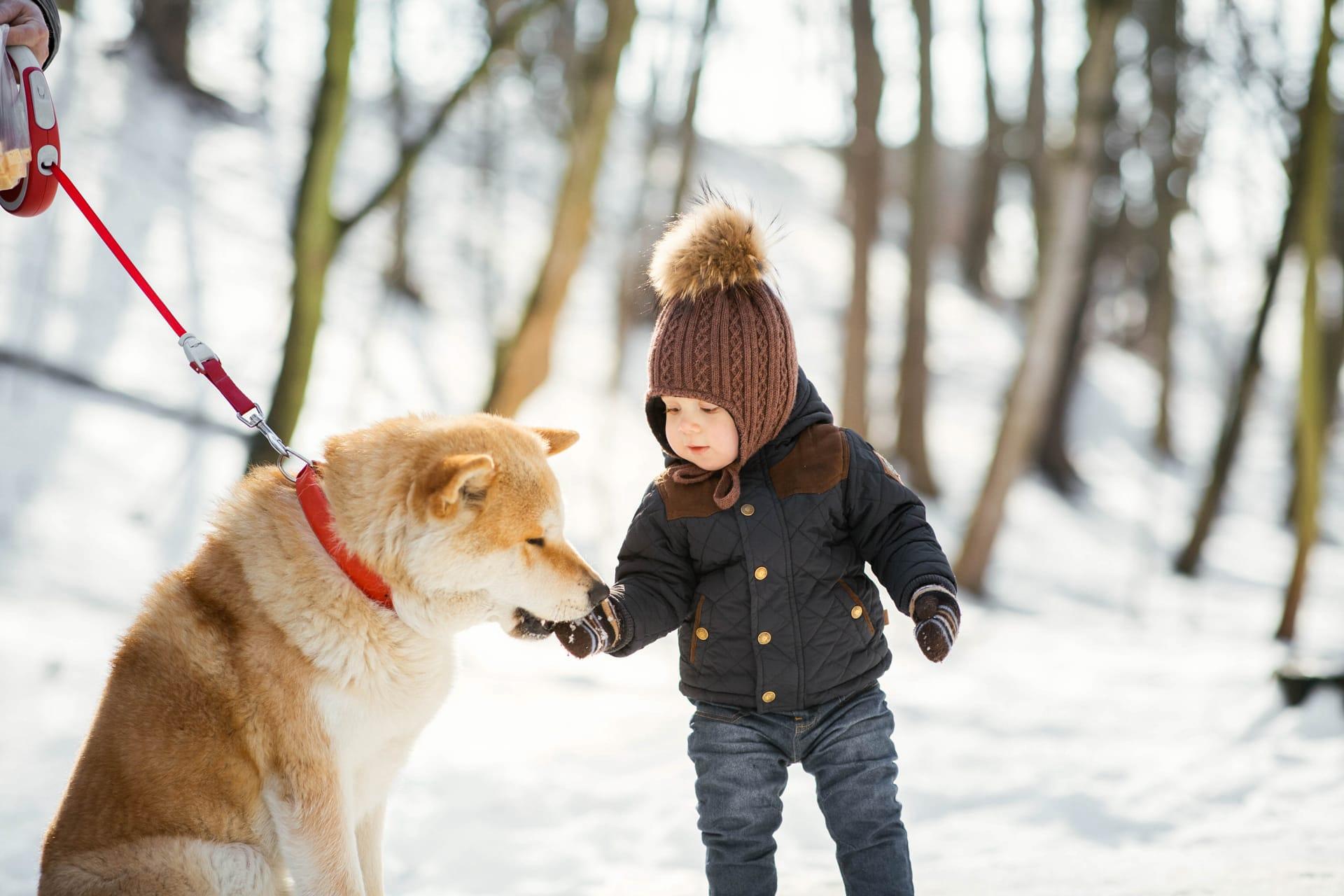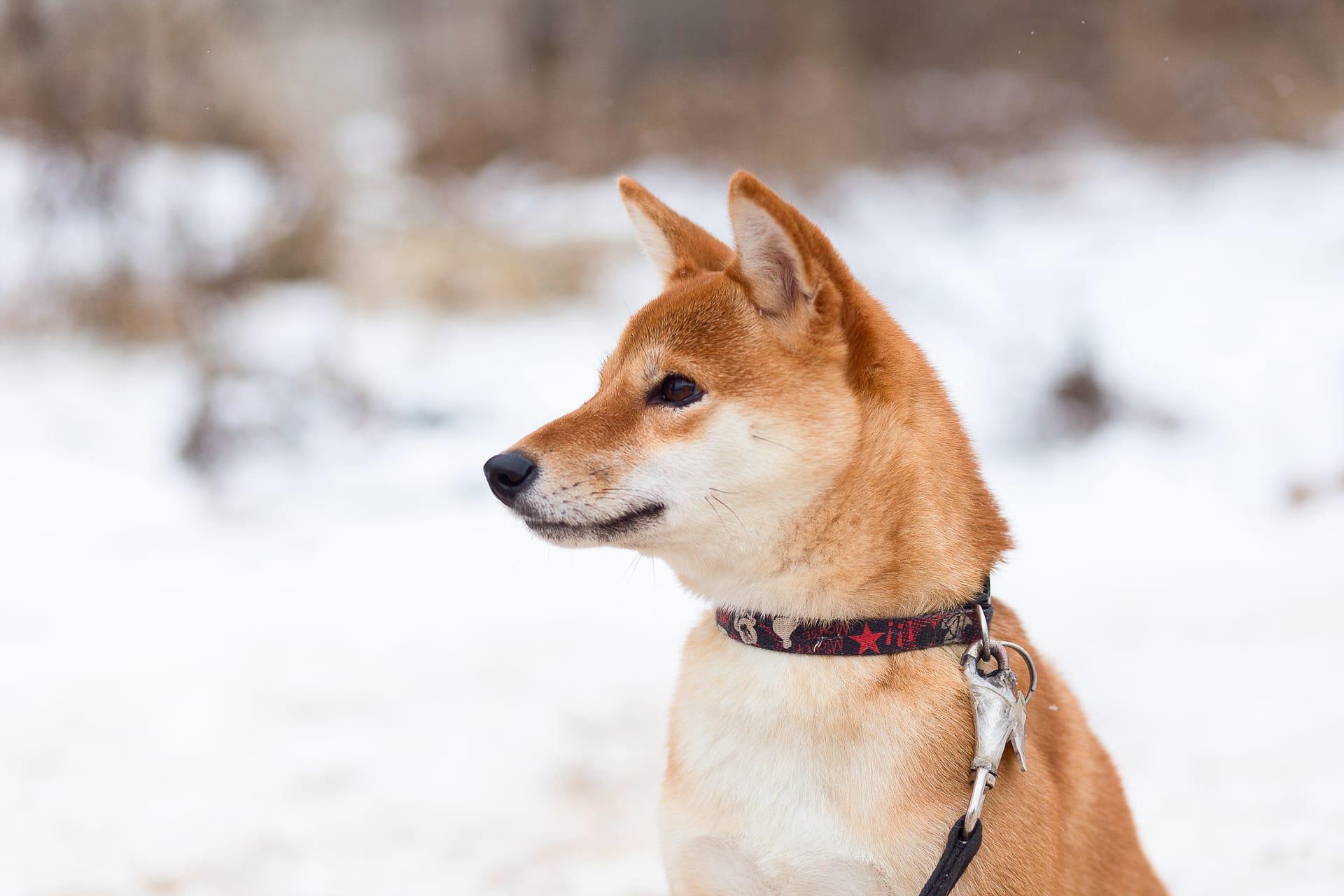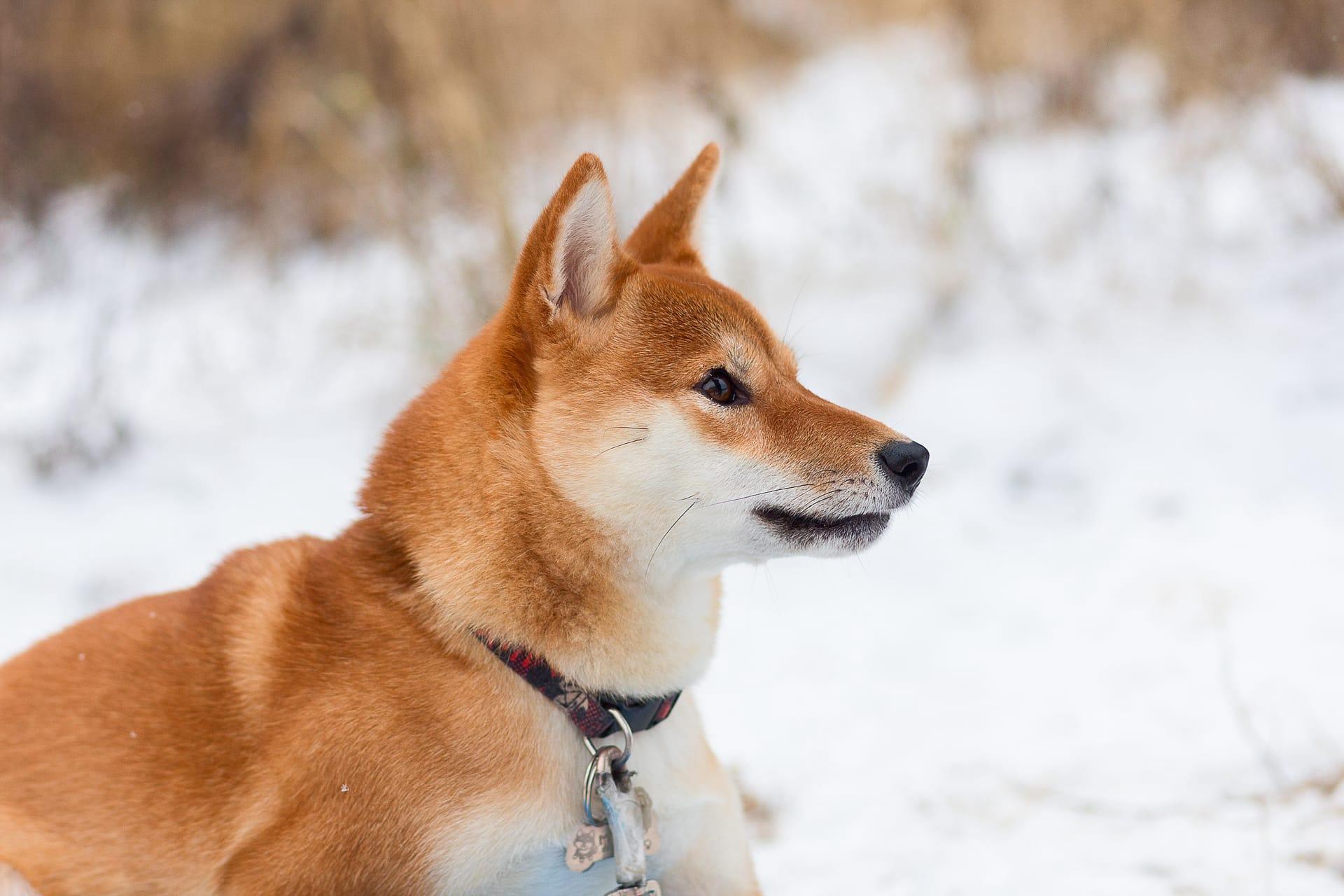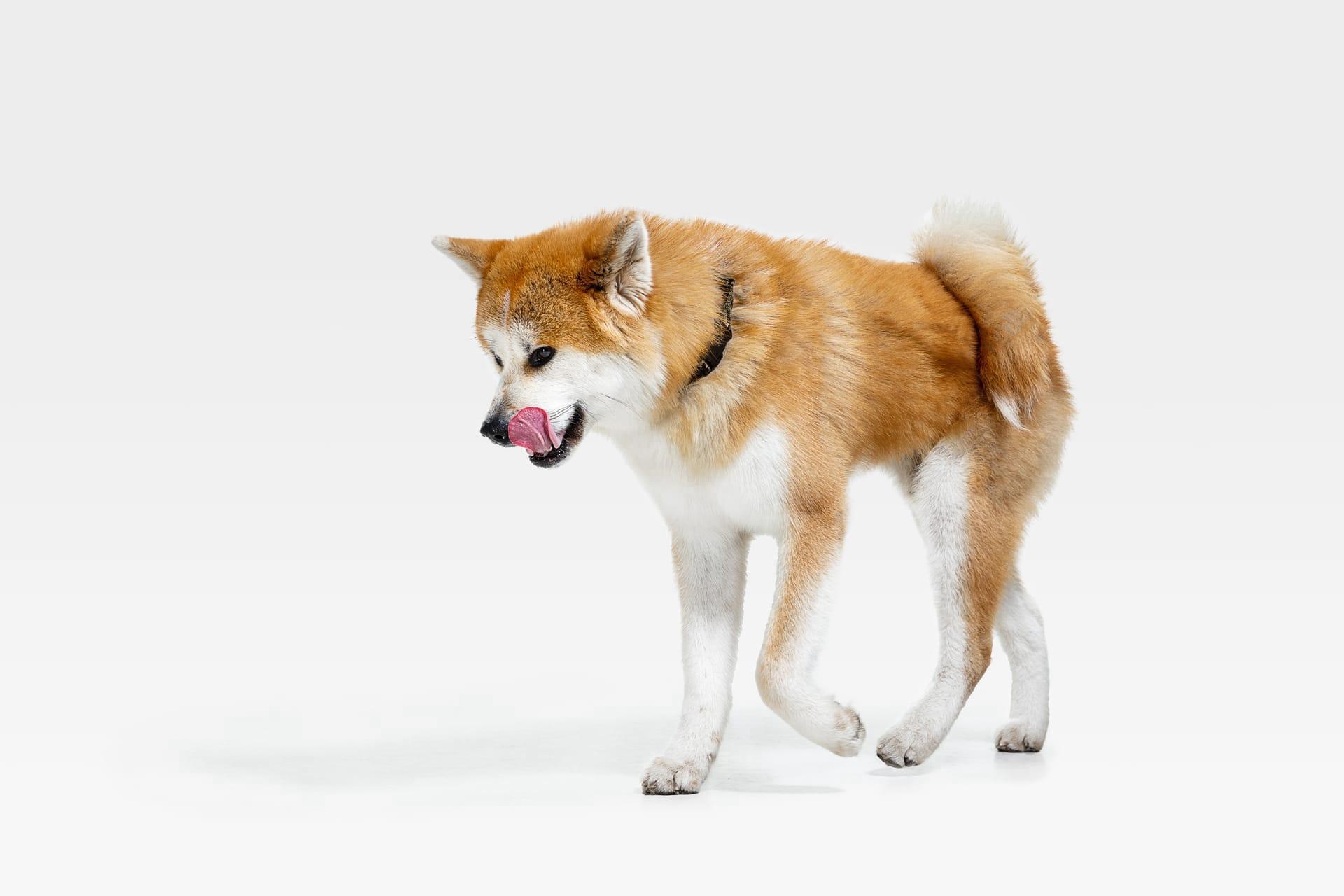Akita Characteristics
- Home /
- Mini Encyclopedia /
- Animal /
- Akita Characteristics
1
Akita dogs, hailing from Japan, are large, powerful breeds with a noble and intimidating presence. Typically, an Akita stands 24 to 28 inches tall at the shoulder and weighs between 70 to 130 pounds, with males being larger on average. Their double coat can handle cold weather, and they possess a striking, bear-like face with deep-set eyes and erect ears. The life expectancy of an Akita is around 10 to 15 years, thriving on a balanced diet and regular exercise to maintain their health and vigor.
One of the most distinctive organs of an Akita is its thick, luxurious double coat, which serves a critical role beyond mere appearance. This coat is composed of a dense undercoat that insulates against cold temperatures and a harsher outer coat that repels water and dirt. This dual-layered fur system enables the Akita to withstand harsh winter conditions, making it a robust breed for colder climates. The coat requires regular grooming to maintain its condition and to manage shedding, especially during the seasonal blowouts.

2
Question: Why do Akita dogs have a reputation for being aloof and how can owners address this trait?
Answer: Akitas are known for their dignified and reserved nature, often appearing aloof, especially with strangers. This trait stems from their historical role as royal guardians in Japan, where they were bred to be alert and protective. To address this, socialization from a young age is crucial. Exposing an Akita puppy to various people, animals, and environments can help them become more adaptable and friendly. Consistent, positive reinforcement training also plays a vital role in helping Akitas understand acceptable social behaviors, ensuring they grow into well-mannered and confident adult dogs.

3
Akitas have a robust and energetic disposition, requiring regular, vigorous exercise to stay healthy and happy. A daily routine of walks, play sessions, and mental stimulation through training exercises is essential. They enjoy activities that engage both their mind and body, such as agility courses or tracking games. Without sufficient exercise, Akitas can become bored and may exhibit destructive behaviors.
When it comes to feeding, Akitas have specific dietary needs to support their large size and active lifestyle. A high-quality diet rich in proteins and fats is crucial, with the amount tailored to their age, weight, and activity level. Overfeeding can lead to obesity, particularly since Akitas can gain weight easily if their caloric intake exceeds their exercise output. Regular meal times and portion control, along with occasional healthy treats, can help maintain an Akita's optimal weight.

4
Akitas are adaptable to various living environments but thrive in homes with ample space where they can move around freely. They are suited to cooler climates thanks to their thick coats, and while they can live in warmer regions, they require shade, air conditioning, and plenty of water to prevent overheating. A secure, fenced yard is ideal for an Akita to exercise safely, as they have a strong prey drive and may wander if not properly contained.
Regarding reproduction, Akitas reach sexual maturity around one to two years of age. They have a relatively standard gestation period of about 63 days, with litter sizes ranging from 3 to 12 puppies, though the average is around 7 to 8. Responsible breeding practices are crucial, including health screenings for genetic conditions like hip dysplasia and progressive retinal atrophy, to ensure the health and well-being of both the mother and her puppies.

5
Book: "The Complete Akita" is a comprehensive guide that dives into the heart of the Akita breed, detailing its history, characteristics, and care requirements. Authored by an American enthusiast in the late 20th century, this book aims to provide a thorough understanding for both potential and current Akita owners. It covers training techniques, health care, and the cultural significance of Akitas in Japan, making it an indispensable resource for anyone looking to deepen their knowledge about this dignified breed.
Book: "Akita: Treasure of Japan, Volume II" by Barbara Bouyet, published in the early 21st century, offers an in-depth exploration of the Akita breed from a historical and cultural perspective. Bouyet, an acclaimed expert in the field, provides insights into the Akita's development, the breed's significance in Japanese culture, and practical advice for breeding, training, and caring for these majestic dogs. The book is richly illustrated and includes personal anecdotes, making it a valuable and engaging read for Akita enthusiasts worldwide.